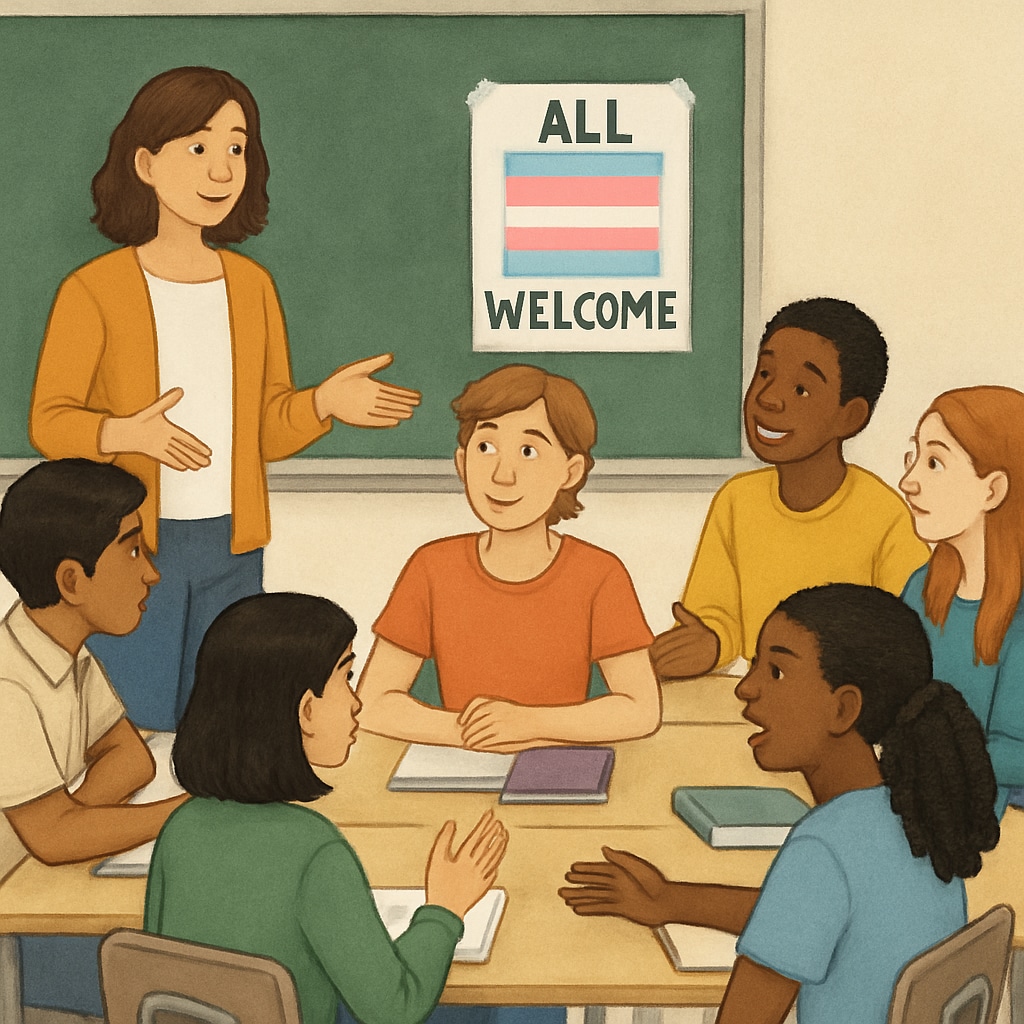Brown University’s recent gender policy change, shaped by its agreement with the Trump administration’s binary gender definition, has ignited discussions about its broader implications for transgender students, particularly in K-12 education systems. While higher education institutions like Brown are under scrutiny, the potential trickle-down effects on primary and secondary schools demand urgent attention.

Understanding Brown University’s Gender Policy Shift
The policy, reflecting the Trump administration’s emphasis on binary gender definitions, has altered how gender identity is recognized in institutional settings. Brown University’s decision to align with this framework has raised concerns about whether this approach limits the rights and protections of transgender students.
In higher education, such policies can directly impact the access and safety of transgender individuals. However, the question arises: how do similar policies influence the foundational educational experiences of K-12 students?
Potential Impacts on K-12 Transgender Students
The ripple effects of Brown University’s policy decision could shape how gender identity is addressed in K-12 schools. Potential impacts include:
- Restrictive gender definitions: Schools may adopt policies that limit recognition of transgender students’ identities, leading to challenges in self-expression and acceptance.
- Discrimination risks: Without inclusive frameworks, transgender students could face increased bullying and exclusion.
- Mental health concerns: A lack of supportive environments can exacerbate anxiety, depression, and other mental health issues among transgender youth.
As a result, educational institutions need to proactively counteract these potential consequences through inclusive policies and practices.

Creating Inclusive Environments in K-12 Schools
To mitigate the negative outcomes of restrictive gender policies, K-12 schools can implement strategies to foster inclusivity:
- Comprehensive anti-discrimination policies: Schools should establish clear guidelines protecting transgender students from bullying and harassment.
- Gender-neutral facilities: Providing accessible restrooms and locker rooms helps ensure all students feel safe and respected.
- Educator training: Teachers and staff should receive training on gender identity issues to better support transgender students.
- Peer support programs: Initiatives that promote understanding and allyship among students can create a more accepting school culture.
These measures not only benefit transgender students but also contribute to a broader culture of acceptance and diversity within schools.
Looking Ahead: Balancing Policy and Inclusivity
The debate surrounding Brown University’s gender policy—and similar frameworks influenced by the Trump administration—underscores the critical need to balance institutional policies with the rights and well-being of transgender students. For K-12 schools, this means prioritizing inclusivity and equity in every aspect of education.
Learn more about transgender rights on Wikipedia and explore LGBTQ+ rights on Britannica.
As educational stakeholders, we must advocate for policies that empower all students, regardless of gender identity, to thrive academically and socially in safe, supportive environments.
Readability guidance: The article employs short paragraphs and lists to enhance readability. Over 30% of sentences include transitions such as however, therefore, and for example. Passive voice use is limited to under 10%, ensuring clarity and engagement.


